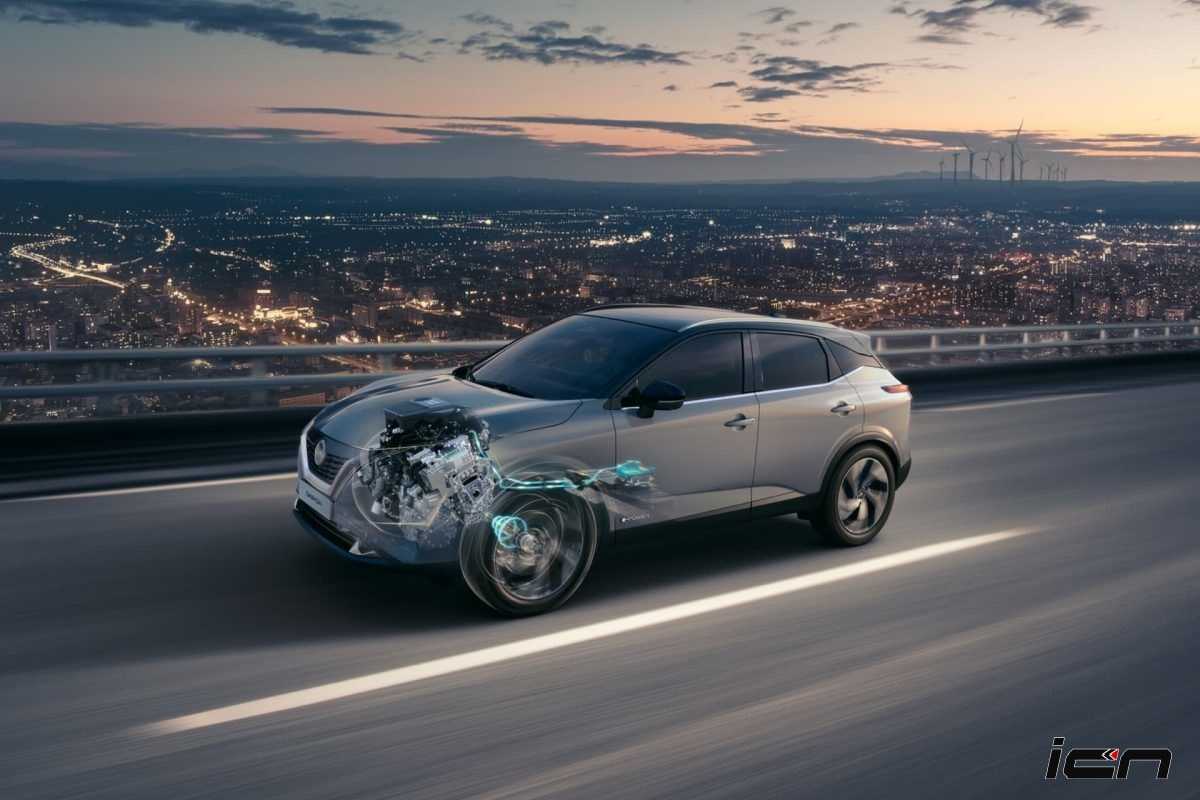With Nissan’s e-Power, the electric motor used to power the driving wheels and engine is used to charge the battery pack. The Toyota’s hybrid tech allows both electric and petrol to power the driving wheels.
Hybrids – a smart technology developed by Toyota more than two decades ago. The Japanese automaker introduced a hybrid concept car at the Tokyo Motor Show in 1995. Two years later, the first gen Prius Hybrid went on sale on December 10, 1997. It became the first mass-produced gasoline-electric hybrid car. Fast forward 2022, Toyota introduced its global Strong Hybrid Electric Vehicle (SHEV) technology in the Indian market.
Not just Toyota, Honda has also introduced its highly efficient as well as popular e:HEV strong hybrid tech in our market with the City e:HEV. Toyota has launched the Urban Cruiser Hyryder compact SUV, which is powered by a TNGA 1.5L 3-cylinder petrol engine with a strong hybrid tech. Another Japanese automaker, Nissan also has a strong hybrid tech that is claimed to be more efficient & unique compared to Toyota’s hybrid tech. However, Nissan has finally announced that its e-Power strong hybrid tech will arrive in our market with the Qashqai SUV. For people not in the know, Nissan had introduced the e-POWER system in Japan in 2017 on the Note compact family car which went on to become Japan’s top-selling car in 2018.
Let’s discuss the difference between Nissan’s E-Power Strong Hybrid & Toyota’s conventional Strong Hybrid tech –
Nissan E-Power Vs Toyota SHEV – Hybrid Working
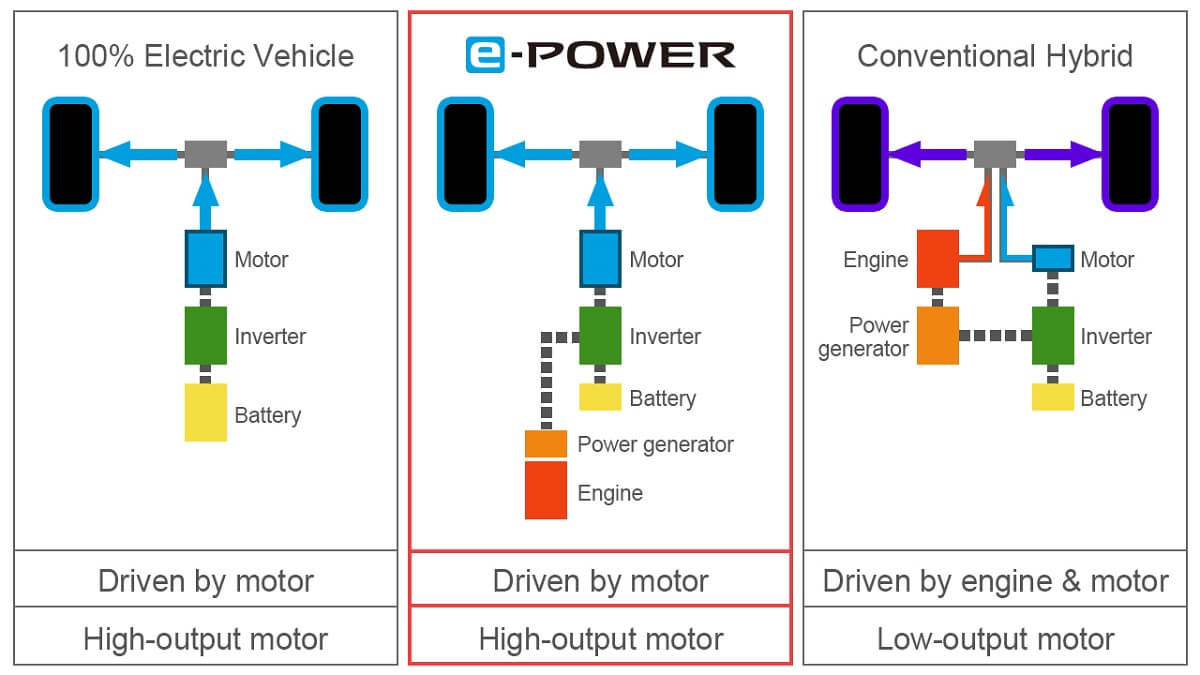
Nissan claims that the e-Power technology offers a true electric vehicle driving experience. With e-power, the petrol motor is extensively used to recharge the on-board lithium-ion battery and the electric motor is used to power the driving wheels. On the flip side, the conventional Toyota strong hybrid tech allow both electric and petrol to power the vehicle.
Nissan E-Power
Nissan has officially announced to launch the Qashqai SUV with e-Power tech. The e-Power system of the SUV comprised of a high-output battery that is complemented by a 1.5-litre 3-cylinder turbo-charged petrol engine producing 156bhp, a power generator, inverter and 140kW electric motor. The petrol engine generates electricity, which is transmitted to the battery pack, the electric motor or both via the invertor.
The electric motor is the only source of power for the driving wheels. It deliver instant and linear power delivery, which is very similar to the conventional electric vehicles on sale. In short, the petrol engine simply charges the battery and electric motor sends power to the driving wheels. During deceleration and braking, the kinetic energy is recaptured and channelled back to the battery to optimise efficiency.
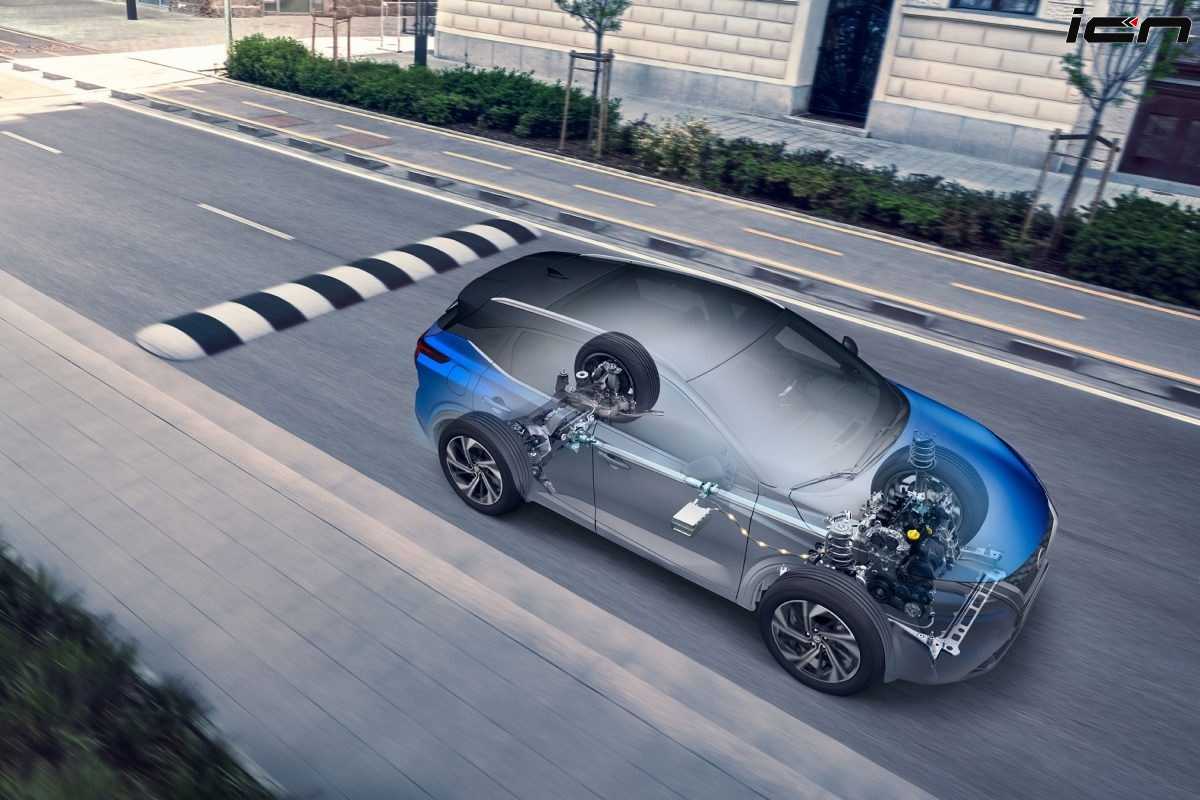
Nissan Qashqai Specs
The Qashqai come with a 1.5-litre, 3-cylinder turbo-petrol engine that acts as a generator and powers the electric motor. It offers a maximum power output of 188PS and 330Nm of torque. It is claimed to achieve 0-100kmph acceleration in 8 seconds and a claimed fuel efficiency of 22.6kmpl. Driving the front wheels is a 140kW electric motor, supplied by a 2.1kWh lithium-ion battery pack.
Toyota Hybrid Tech
The Toyota’s hybrid systems used in the RAV4, Corolla, Camry and Prius – allow both electric and petrol engine to power the driving wheels. It is a more conventional method, which primarily works to achieve higher efficiency rather than driving experience.
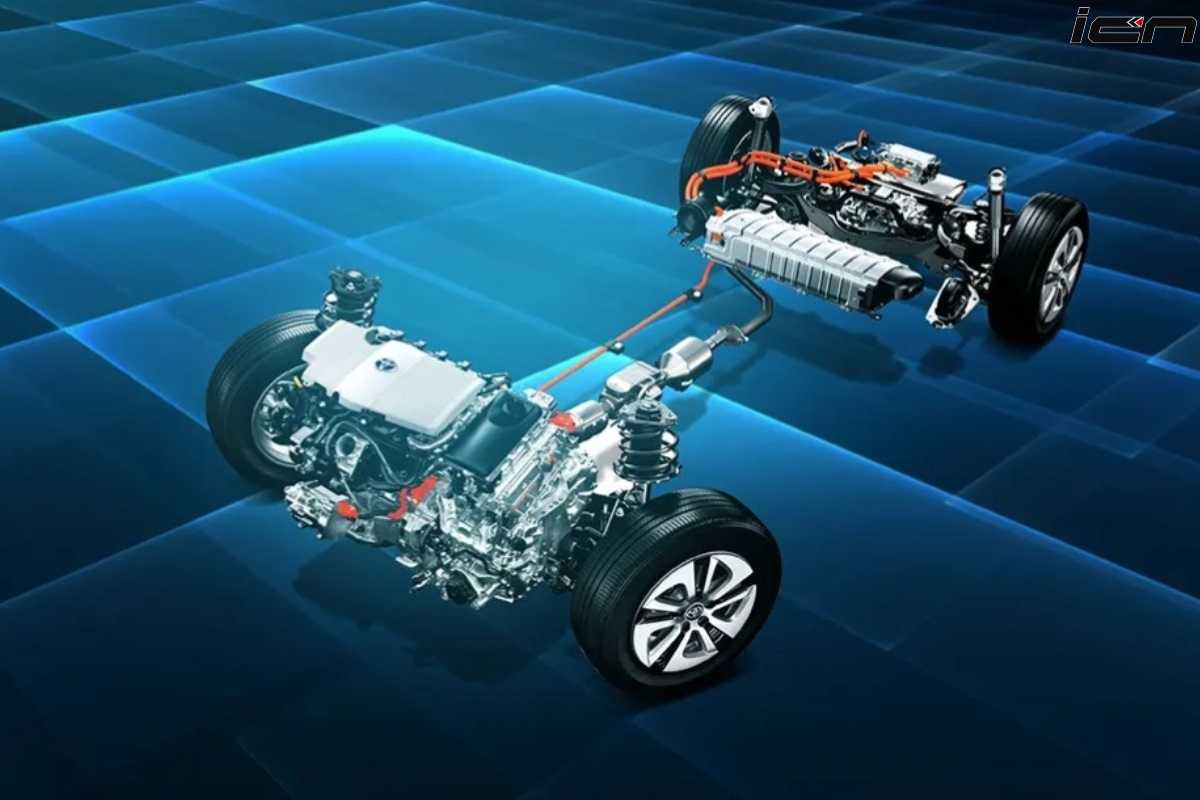
The Toyota’s hybrid drive system consists of petrol engine, electric motor, electric generator, power control unit and a power split device. There is a special type of gearbox, which distribute power from the engine, motor and generator. When the car runs on engine, it charges the battery via the generator. When in slow moving traffic, the generator cuts the petrol engine and the electric motor becomes the main source of driving the wheels. The engine management system is designed to automatically sense when the car is stopped and it automatically switches off the engine to conserve power. It automatically starts the engine when needed.
The small battery pack in Toyota’s hybrid system can be charged in two ways. The petrol engine charges the battery via the generator. The second method is through regenerative braking, which uses braking energy to charge the battery. Every time the driver puts foot on the brake or lifts off the accelerator, the hybrid system sends energy back to the battery. The kinetic energy is captured and used to power the electric motor.
Toyota Urban Cruiser Hyryder Specs
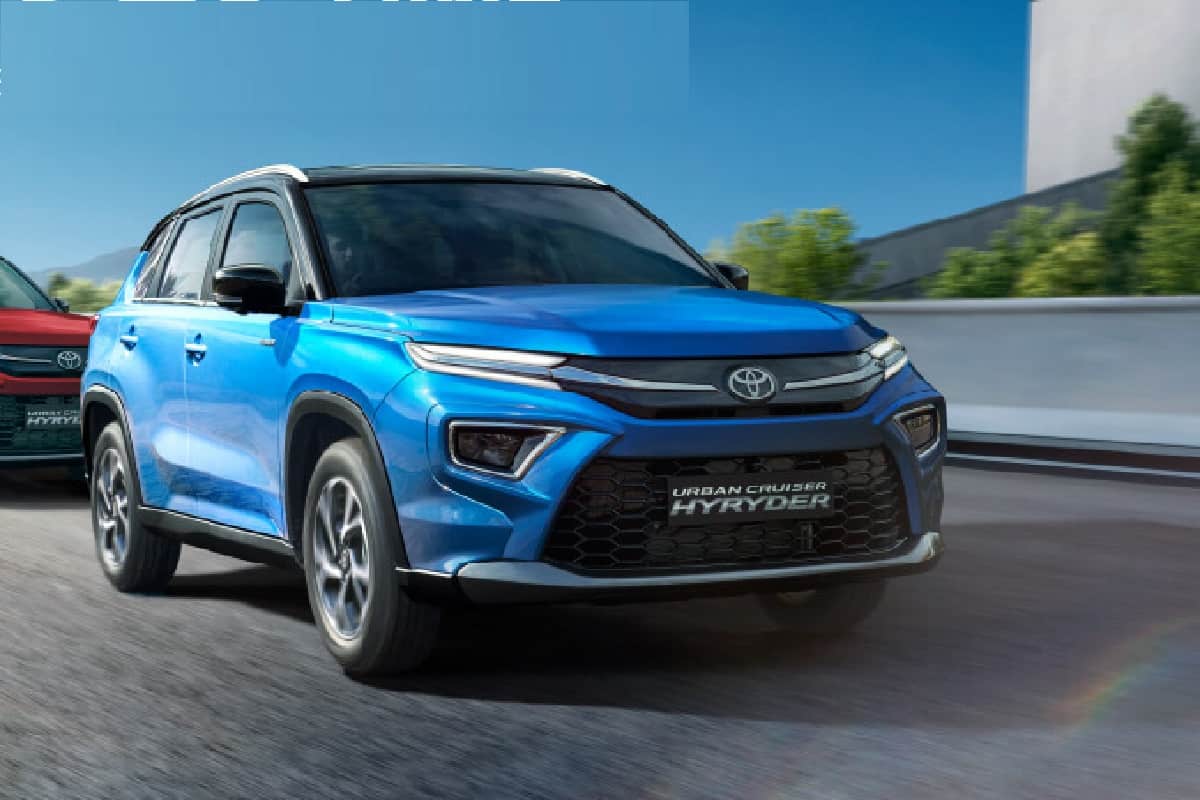
The Urban Cruiser Hyryder features Toyota’s 1.5-litre TNGA Atkinson cycle engine that also powers the global-spec Yaris Cross; however, this engine is tuned by Suzuki for the Hyryder & Grand Vitara. The engine produces 92bhp and 122Nm of torque. The engine is paired to an electric motor that makes 79bhp and 141Nm of torque. The maximum usable power and torque stands at 115bhp and 122Nm respectively. The hybrid system on the Hyryder is paired to a 177.6V lithium-ion battery. The company claims that that the hybrid systems can cover 40 percent of the distance and 60% time in pure EV mode.

